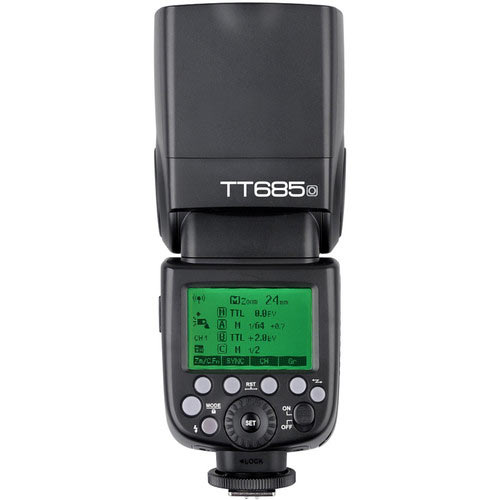Obvious, well known and tangible - but not to me. What are they, please? And do you have examples which contrast them with non 'parabolic' modifiers?
(I'm not talking about true parabolas, I knew very well what those do.)
If you’re not seeing it, I won’t be able to talk you into doing so no matter my outsized charm and writing skills. I don’t have any of the major parabolics in my studio to do a before/after. And simply analyzing photos of modifiers on the internet is insufficient to make a judgement, relative to being in studio and observing how it works.
If you look at, for example, the work of Jenn Collins, who is a well regarded and often hired commercial beauty photographer, you might, over time, glean a sense of a consistent style. Then look at the BTS stories on her IG and see she often, if not mostly, shoots with a parabolic umbrella from either Briese or Broncolor.
Now, having seen that, understand that:
1) Photographers who value that look reach for the Briese or Broncolor not because they’re fooled into doing so, but because it expedites the creative process for them, and lowers a reliance on post production to get there
2) Can you get “close” or maybe “close enough” to the same look using other modifiers? In theory, yes. But as someone who has tried, and who has mixed and matched a variety of mods in doing so, I am confident when I say it takes more time, effort, and at the end of the day “close” is not “the same”, and especially if the difference matters to your work. It might be an increasingly subtle difference over time, but then aren’t degrees of subtlety what separates great work from good? And ultimately isn’t such an exercise kind of pointless if you discover that a modifier has an inherent look, why chase it using other modifiers? It’s energy expended on just an academic proof.
fwiw I did some research into the exact dimensions of a few so-called parabolic modifiers a while ago. At the time only Broncolor and Elinchrom made anything approaching an parabola which put the bulb at the correct point.
You need to look at Briese. Briese, Broncolor and AFAIK Parabolix are the leads in this regard, and perhaps in that order. I think Parabolix is the least accurate of the three, but more accurate than any other “lower end” manufacturer that claims they make a true para.
But for real, you’re not going to get a clear sense on any of this just analyzing umbrella profile photos/diagrams on the internet. It takes a hands on experience.
I will look and see if I can find it but maybe 2 years ago I came across a video of someone demonstrating a Broncolor para showing very little fall off - i.e. it cheated the inverse square law and slowed fall off dramatically - they moved the light from the model and background by near double but the exposure on the background stayed nearly the same.



